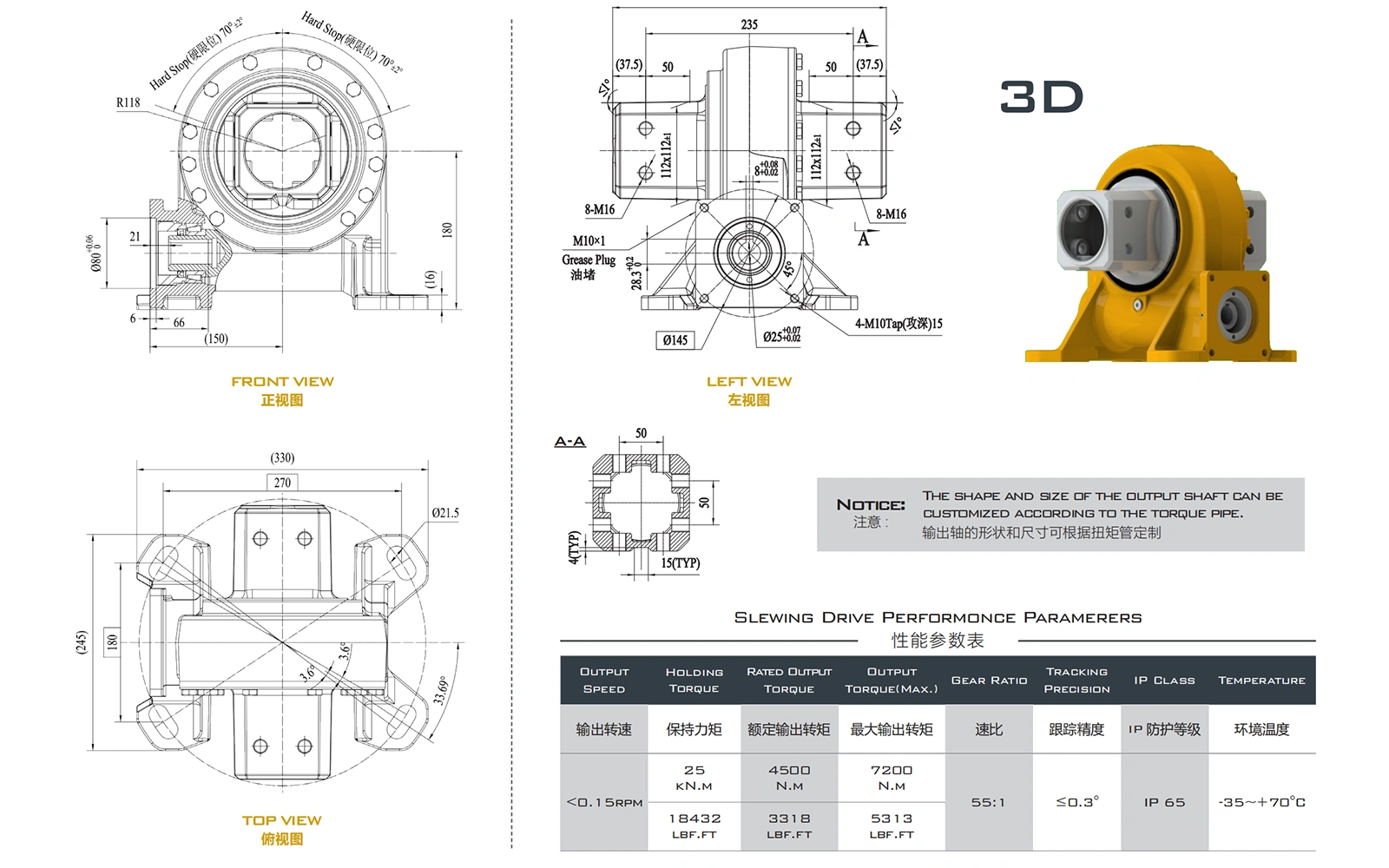When the temperature rises, so does the likelihood of sweating. For many, this can lead to discomfort, body odor, and unsightly sweat stains. Choosing the right shirt material can make a significant difference in how you feel and look during those sweltering days. In this article, we will explore various shirt materials, their properties, and how they perform under sweaty conditions, helping you make an informed choice for your wardrobe.
Understanding Sweat and Its Impact on Clothing
Before diving into specific materials, it's essential to understand what happens when we sweat. Sweating is the body's natural cooling mechanism, helping to regulate temperature. However, when sweat evaporates, it can leave behind moisture that can cling to clothing, leading to discomfort and odor. The right shirt material can enhance breathability, wick moisture away from the skin, and dry quickly, all of which are crucial for staying comfortable in hot weather.
Key Properties of Shirt Materials
When evaluating shirt materials for sweating, consider the following properties:
- Breathability: This refers to how well air can circulate through the fabric. Breathable materials allow heat and moisture to escape, keeping you cooler.
- Moisture-Wicking: This property helps draw sweat away from the skin to the fabric's surface, where it can evaporate more quickly.
- Quick-Drying: Fabrics that dry quickly prevent the discomfort of damp clothing and reduce the risk of odor.
- Lightweight: Lighter fabrics tend to be more comfortable in hot weather, as they do not cling to the skin and allow for better airflow.
- Odor Resistance: Some materials are treated to resist odors, which can be particularly beneficial for those who sweat heavily.
The Best Shirt Materials for Sweating
- Cotton
Cotton is a popular choice for casual wear due to its softness and comfort. However, while it is breathable, it tends to absorb moisture rather than wick it away. This means that when you sweat, cotton can become heavy and cling to your skin, leading to discomfort. For those who prefer cotton, look for blends that incorporate moisture-wicking properties.
- Linen
Linen is an excellent choice for hot weather. It is highly breathable and has natural moisture-wicking properties. The loose weave of linen allows for excellent airflow, which helps keep the body cool. Additionally, linen dries quickly, making it a practical option for those prone to sweating. However, it can wrinkle easily, which may be a consideration for some.
- Bamboo
Bamboo fabric is gaining popularity for its eco-friendliness and excellent moisture-wicking capabilities. It is naturally breathable and has antibacterial properties, which help reduce odor. Bamboo shirts are soft and comfortable against the skin, making them a great option for those who sweat frequently.
- Merino Wool
While wool may not be the first material that comes to mind for hot weather, merino wool is surprisingly effective. It is breathable, moisture-wicking, and can regulate temperature, keeping you cool in the heat and warm in cooler conditions. Merino wool also has natural odor-resistant properties, making it suitable for extended wear.
- Synthetic Fabrics (Polyester, Nylon, and Blends)
Synthetic fabrics like polyester and nylon are designed for performance. They are lightweight, moisture-wicking, and quick-drying, making them ideal for athletic wear. Many brands now offer blends that combine synthetic fibers with natural materials for enhanced comfort and breathability. Look for shirts labeled as moisture-wicking or performance for the best results.
Tips for Choosing the Right Shirt
- Fit Matters: A looser fit allows for better airflow, reducing the chances of sweat clinging to your body. Avoid tight-fitting shirts that can trap heat and moisture.
- Color Choices: Light colors reflect sunlight and can help keep you cooler, while dark colors absorb heat. Consider the color of your shirt based on the weather and your activities.
- Layer Wisely: If you need to layer, opt for moisture-wicking base layers that can help manage sweat while providing insulation.
- Care Instructions: Follow care instructions to maintain the properties of your shirt. Avoid fabric softeners, which can reduce moisture-wicking capabilities.
Conclusion
Choosing the right shirt material for sweating is crucial for comfort and confidence during hot weather. By understanding the properties of various fabrics and their performance in sweaty conditions, you can make informed decisions that enhance your wardrobe. Whether you opt for breathable linen, moisture-wicking bamboo, or performance synthetics, the right choice can help you stay cool, dry, and stylish all summer long. Embrace the heat with the right materials, and enjoy your outdoor activities without the worry of sweat stains or discomfort.

